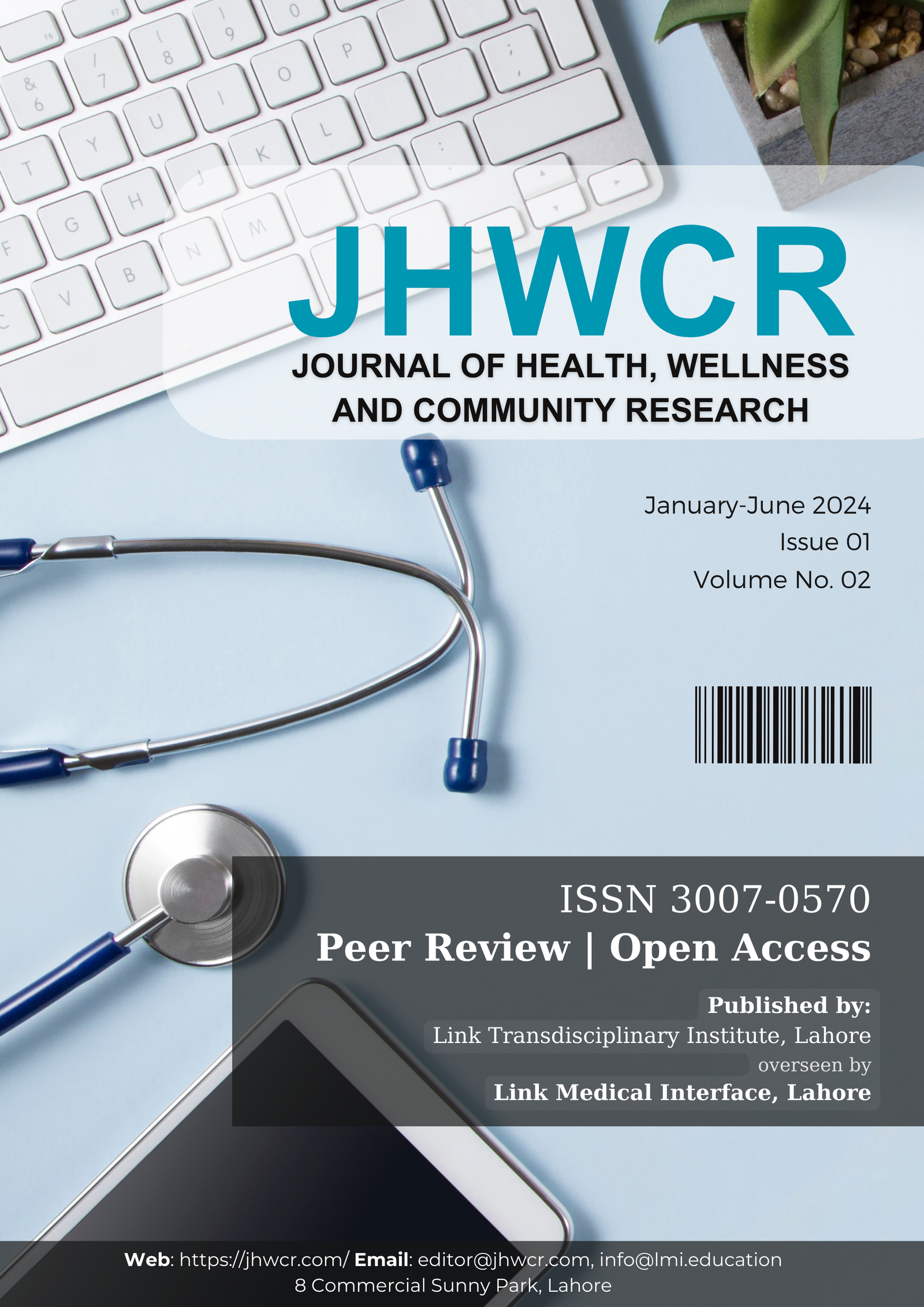Complications of Transurethral Pneumatic Lithotripsy in Children with Bladder Stone Disease
DOI:
https://doi.org/10.61919/pq75yv12Keywords:
Bladder Calculi, Lithotripsy, Pediatrics, Complications, Socioeconomic Factors, Urology, HematuriaAbstract
Background: Bladder stone disease in children remains a significant health challenge in developing countries, with transurethral pneumatic lithotripsy (TUL) increasingly favored for its minimally invasive approach; however, data on complication rates and associated risk factors in local pediatric populations are limited. Objective: This study aimed to determine the frequency and determinants of complications associated with transurethral pneumatic lithotripsy in children with bladder stone disease, focusing on patient demographics, stone characteristics, and socioeconomic factors. Methods: A cross-sectional observational study was conducted at the Department of Urology, Institute of Kidney Diseases, Peshawar, involving 121 pediatric patients aged 5–15 years diagnosed with bladder stone disease and treated with TUL. Exclusion criteria included the presence of tumors, neurogenic bladder, abdominal trauma, or acute appendicitis. Data on demographic and clinical variables were collected, and postoperative complications—bladder perforation, hematuria, acute urinary retention, and fever—were systematically recorded. Ethical approval was obtained from the institutional review board in accordance with the Declaration of Helsinki, and informed consent was secured. Statistical analysis was performed using SPSS v21, applying appropriate tests for association and significance. Results: Complication rates included hematuria (14.88%), fever (9.91%), acute urinary retention (5.79%), and bladder perforation (3.31%), with statistically significant associations identified for gender (p = 0.042), stone consistency (p = 0.004), and socioeconomic status (p = 0.010). Males, patients with soft stones, and those from lower socioeconomic backgrounds were at higher risk for adverse outcomes. Conclusion: Complications following transurethral pneumatic lithotripsy are not uncommon in children with bladder stone disease and are influenced by demographic and clinical factors. Recognizing these risk factors can improve perioperative care and patient safety, emphasizing the need for individualized management strategies and targeted preventive measures in pediatric urology.
Downloads
Published
Issue
Section
License
Copyright (c) 2025 Faiq Imdad, Muhammad Shahzad, Ayesha Zarpash, Amir Nabi, Faryal Akbar, Fatima Usama (Author)

This work is licensed under a Creative Commons Attribution 4.0 International License.


